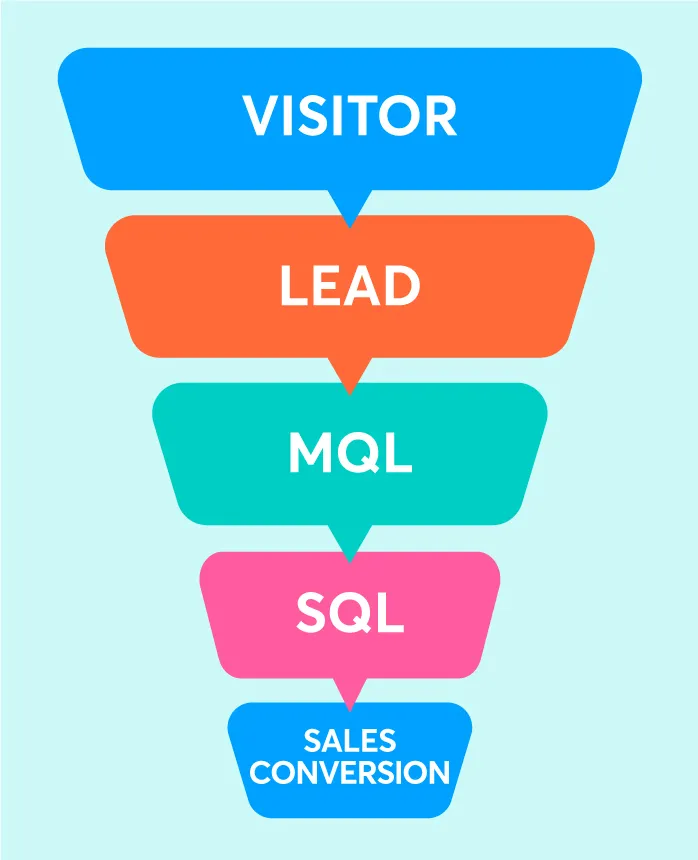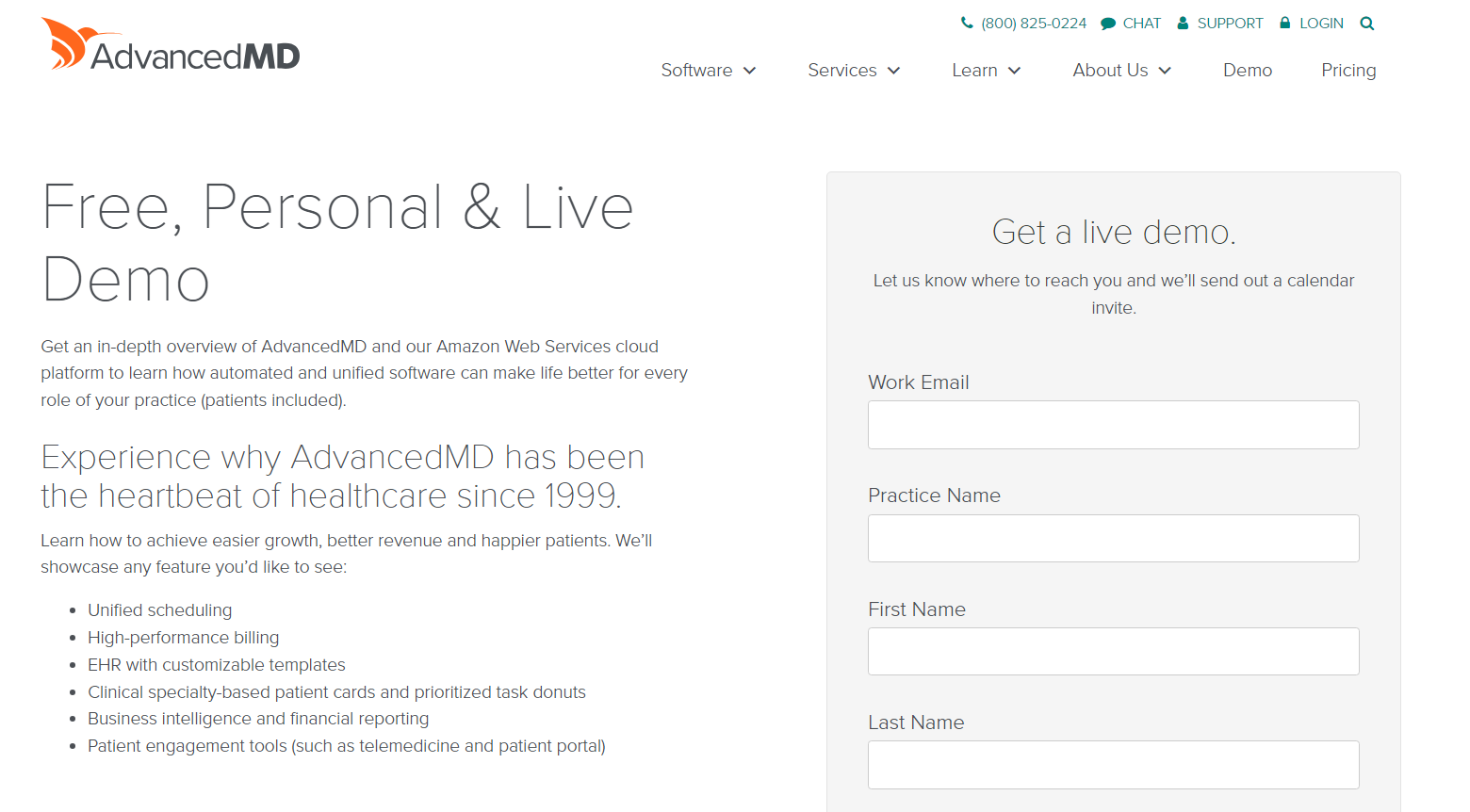
Your business needs a steady stream of new leads to grow and stay ahead of the competition. In an ideal world, leads would magically appear at your door, ready to buy your products and services. But before your business goes viral (fingers crossed), you’ll have to put in the work to attract and nurture potential customers.
Focusing on marketing qualified leads (MQLs) can help you use your resources wisely. An MQL is a prospect who has already shown interest in your brand. Maybe they’ve shared your content on social media or come to one of your webinars. Or perhaps they’ve visited your website several times but haven’t bought anything yet. These actions suggest these leads are more likely to become customers than those who haven’t shown interest.
There are many benefits of harnessing MQLs for your business. Read on to learn how to identify and convert MQLs. You’ll also discover common challenges you may encounter and tools to manage this type of lead.
Introduction to marketing qualified leads (MQLs)

Potential customers move through a few stages before they become buyers. First, they learn about your brand through your website, social media, or another channel. Then, the prospects that fit your customer profile might consider becoming a client. Marketing experts refer to these people as qualified leads.
What is the marketing qualified lead stage? Marketing qualified leads take the next step in the buyer’s journey. These show interest in your brand with marketing engagement. This behavior suggests they’re almost — but not quite — ready to buy your products or services. As a result, MQLs are typically easier to convert to paying customers than generic leads.
Here are a few ways that MQLs can interact with your brand:
- Attend a virtual event
- Click an Instagram ad for your products
- Download an ebook
- Sign up for your newsletter
Some companies also track marketing accepted leads (MALs). This term refers to prospects who meet the minimum criteria your marketing team sets. For example, they may fit your ideal demographics or visit your website.
What is the difference between MQL and MAL? Unlike MQLs, MALs haven’t taken concrete actions to engage with your brand. That means you’ll probably need to nurture them more before they buy anything.
Benefits of MQLS for B2B companies
MQLs are vital in lead generation for business-to-business (B2B) companies. Here are three benefits of including these prospects in your marketing strategy:
- Increased efficiency: Target MQLs to streamline your marketing and sales processes. These prospects have already learned about your brand and expressed interest. That means you won’t have to spend as much time and energy converting them as you would if you started with cold leads.
- Improved collaboration: Your marketing and sales teams can work together to identify and nurture MQLs. This collaboration allows them to share resources and focus their combined efforts on the most promising leads.
- More impactful content marketing: MQLs help you learn more about your target audience’s interests and goals. You can analyze how they engage with your content to see which materials resonate most. This information lets you create more relevant and valuable content for your audience.
Developing a shared definition of MQL
Several departments often collaborate to nurture MQLs. If you ask different departments, “What type of leads are MQL?” the definition may vary depending on who answers. Creating a shared definition ensures that everyone targets the same types of leads. Otherwise, you might waste time on unqualified leads or work toward different goals.
Ask your teams to share their insights about qualified leads. Each department can list the traits they associate with these prospects, such as:
- Authority
- Behavior
- Budget
- Demographics
- Engagement
- Industry
- Level of urgency
- Pain points
- Timing
Discuss each of these criteria to create a standard definition of MQLs. For example, the marketing department might focus on engagement with content. Meanwhile, the sales department could insist that MQLs have decision-making authority. Draw on each team’s expertise to create the most comprehensive definition.
Identifying and qualifying MQLs
How can you tell the difference between marketing qualified leads and regular leads? Follow these simple steps to identify and qualify MQLs efficiently.
Understanding MQL vs. SQL
You may be wondering, “What is an MQL and SQL?”
It’s important to distinguish between MQLs and Sales Qualified Leads (SQLs). SQLs are at a more advanced stage of the buyer’s journey than MQLs. You’ve already nurtured these leads enough, so you don’t need to spend more time marketing your brand to them. Instead, they’re ready to engage with your sales team and take the final steps to become paying customers.
You can convert an MQL to SQL if you nurture the relationship sufficiently. Understanding the difference between these stages will help you transition leads between your marketing and sales funnels.
The buyer persona’s role in identifying MQLs
A buyer’s persona represents your target audience. This character has your ideal customer’s behaviors, characteristics, and pain points.
Suppose your company sells custom coffee mugs. One of your buyer personas could be Sustainability Sarah. She’s a thirty-year-old small business owner who wants to buy mugs with her company logo. She has a tight budget but prefers ethical and environmentally friendly products.
Buyer personas can help you define and identify MQLs. You can use these profiles to score leads and determine how likely they will convert. For instance, you could focus on millennial female customers who want affordable, environmentally friendly mugs. Buyer personas also let you tailor content more effectively and attract more MQLs.
Anecdotal feedback from sales and its importance
Your sales team is one of your most valuable assets for MQLs. After all, they typically have the most direct interaction with leads. This engagement allows them to understand their goals, needs, and preferences. Sales representatives also know which leads they can convert the fastest.
Consult your sales department as you develop marketing qualified lead criteria. Their insights will help you focus on the most valuable leads and align your marketing and sales. That way, you won’t waste time on bad leads.
Using firmographic and demographic qualification factors
Many companies gather firmographic and demographic data about their customers. This information can help you identify MQLs you may have overlooked. You can also use the data to score leads during the qualification process.
Consider this firmographic data when selecting MQLs:
- Budget
- Company size
- Industry
- Number of clients
- Revenue
This demographic data can also help B2B companies identify MQLs:
- Age
- Authority
- Department
- Geographic location
- Job title
Behavioral criteria for MQL qualification
MQLs stand out from other leads because they engage with your brand. However, not all engagement is equal. Behavioral data helps you identify the types of interactions that predict sales. You can use these insights to identify and focus on your most valuable leads.
Here are a few examples of behavioral data used to classify leads:
- Event attendance
- Marketing emails open rates
- Number of web pages visited
- Social media likes
- Downloaded content
- Newsletter subscriptions
Setting and forecasting MQL delivery targets
You don’t want to overwhelm your sales team with an avalanche of MQLs. But you also don’t want to waste your lead generation efforts because you fall short on enough MQLs to meet your sales goals.
Collaborate with your marketing and sales teams to set realistic targets. It may be helpful to initially define MQLs narrowly and start with a small pool of leads. As you ramp up your marketing efforts, you can expand this definition to generate more leads.
Adjusting MQL criteria and definitions over time
Your business and customers evolve due to changing market dynamics and other factors. Revisit your MQL criteria every quarter to make sure you target appropriate leads. Don’t be afraid to adjust your definition as your business goals or customer needs change.
Calculating and tracking MQLs
Analytics tools allow you to assess and track MQLs. You can use this technology to check how your marketing campaigns perform.
Many companies use marketing automation tools to track engagement. This technology monitors click-through rates, social media follows, and other interactions. You can also use predictive analytics software to forecast which leads will convert. This data can help you identify MQLs and improve lead generation.
Your marketing and sales teams should use the same methods to track MQLs and SQLs. This shared process will help you measure and optimize MQL to SQL conversions.
Examples and actions recognized as MQLs

B2B companies use many strategies to attract and track MQLs. For example, consider the electronic health record company AdvancedMD. The company’s website gives leads several ways to engage with its content. Visitors can:
- Download a product flier
- Talk to a chatbot
- Request a free demo
AdvancedMD can use these digital touchpoints to identify MQLs and nurture these leads.
Here are a few more examples of MQL behavior:
- Download case studies and reports
- Share content on social media
- Complete a survey
- Click on links in your emails
- Register for a webinar
Setting criteria for marketing qualified leads
Establishing robust MQL criteria ensures you focus on the most promising leads. To start, collect data on your paying customers and how they engage with your brand. For example, you can use web analytics tools to track how clients use your website. You could also create surveys to learn why customers chose your business.
This information lets you identify common behaviors and traits associated with conversions. Your marketing and sales teams can use these insights to create a shared definition of MQLs.
You should also use metrics to measure the impact of your MQL strategies. Key performance indicators may include:
- Number of content downloads
- Cost per MQL
- Event attendance
- Lead-to-sale conversion rates
- Lifetime value
- Website visit duration
These metrics can help you refine your MQL performance over time. Say you notice that you have a high cost per MQL that outweighs the lifetime value. You could try new methods to reduce this cost, such as using more affordable marketing channels.
Challenges in MQL identification and conversion
It’s normal to experience challenges when you try a new marketing strategy. Many businesses struggle to align their MQL criteria with their goals. However, this misalignment can cause your marketing team to generate too many low-quality leads. Clear criteria for your target customer profile to overcome this obstacle.
Some companies also have unrealistic sales expectations, which can lead to disappointment. Use industry benchmarks to set reasonable goals. It’s also important to focus on quality over quantity. Remember, you’re building lasting relationships with potential customers, not trying to win a numbers game.
Using tools and software to manage MQLs
Technology can help you manage and track MQLs. Many companies use customer relationship management (CRM) systems to handle these tasks.
Constant Contact’s lead generation and CRM platform makes it easy to oversee MQLs. This solution allows you to score leads and nurture them with personalized content. Plus, you can measure your performance with built-in analytics tools.
With Constant Contact, you can also use marketing automation to nurture leads toward a sale. For instance, you can schedule regular messages to email leads to share information about your brand.
Improving MQL strategies
Demand generation strategies help you convert more people from cold leads and attract more MQLs. These methods aim to increase awareness and buzz for your brand.
Popular demand generation strategies include:
- Establishing robust content marketing
- Developing referral programs
- Marketing your brand on social media platforms
- Offering lead magnets
- Organizing conferences and webinars
- Investing in paid advertisements
Convert leads and drive sales with MQLs
Marketing qualified leads can streamline the B2B sales funnel. These leads have already interacted with your brand to express interest. That means they’re typically easier to convert to sales than cold leads. Prioritizing MQLs can increase revenue and efficiency, leading to huge gains for your company.
Get started by defining MQLs for your business and establishing clear criteria. Consider focusing on a handful of high-quality MQLs at first. As you refine your strategy, you can expand your criteria until you have a steady stream of MQLs.




